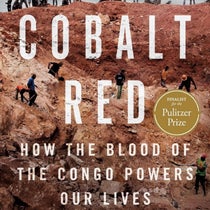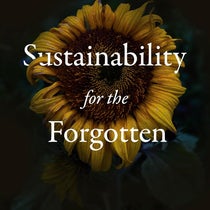Green Reads: Climate Change and Food Security in Asia Pacific
“Since neoliberal logics (profits and power) largely dictate over social environmental logics (equity and sustainability), the levels of consumption remain unsustainable, inequitable and inaccessible to majority of humans in the Asia-Pacific region”
- Climate Change and Food Security in Asia Pacific by MD Saidul Islam and Edson Kieu
Climate Change and Food Security in Asia Pacific by MD Saidul Islam and Edson Kieu investigates the issue of food insecurity throughout the three regions of Pacific Asia, spanning across Singapore, Bangladesh, and Australia. Collectively, they are “home to 2/3 of the world’s poor with 947 million [people] living on less than US$1.25 per day.” In this book, readers consider how poverty, starvation, and the invisible hunger of undernourishment are directly linked to the devastating impacts of climate change through droughts, floods, and rising temperatures. Without significant changes, it is predicted that, globally, “climate change is expected to add another 10-20% to the total number of hungry people by 2050.”
The South Asian region is said to be most at risk of facing the immediate effects of climate collapse, while also being home to 3% of the Earth’s land area, 1/4 of the world’s population, and “80% of all global biodiversity”. As the alarming and steady rise of temperatures and elevated CO2 levels in the soil result in lower nutritional value of crops, altered rainfall, rising sea levels, and subsequent flooding threaten to destroy farmlands altogether.
Kieu and Islam also highlight the staggering history of man-made famines and dependency on developed nations as a result of colonialism and imperialism by the West through ‘land grabbing’. The privatization of resources, such as water, away from locals and into corporations for profit leads to a lack of clean drinking water in areas where fresh water is available but not accessible to citizens. Meanwhile, such conflicts are just as common in places like Hong Kong that are considered ‘capital rich but resource poor’. In fact, urban cities such as Singapore, which imports 90% of its food, are faced with the added crisis of zoning as tensions flare over land allocated for farming and agriculture versus land allocated for real estate and other city developments that prioritize productivity and the churning of profit. In order to solve the climate crisis and hunger crisis in Asia and across the globe, we must reject the notion that both are an inevitable fact of life and instead value the earth and each other enough to endlessly pursue practical and actionable solutions to both causes.
Infrastructural changes needed for such progress are listed below as outlined in Climate Change and Food Security in Asia Pacific:
- Economic growth
- Higher consumer income
- Higher levels of democracy
- Lower levels of corruption
- Eradicating inequality and poverty
- Investment in Agriculture
- Reducing food waste
- Alternative ways of organizing food production (family farming vs cooperatives)
More recommended reading on the subject
- Climate Change and Risk in South and Southeast Asia: Sociopolitical Perspectives edited by Devendraraj Madhanagopal and Salim Momtaz
- Pacific Voices and Climate Change edited by Niki J.P. Alsford
- Climate Change Governance in Asia edited by Kuei-Tien Chou, Koichi Hasegawa, Dowan Ku, Shu-Fen Kao
- Environment, Climate Change and Migration in South Asia edited by Amit Ranjan, Rajesh Kharat and Pallavi Deka
- Energy and Environmental Outlook for South Asia edited by Muhammad Asif
- Biotic Evolution and Environmental Change in Southeast Asia edited by David J. Gower






